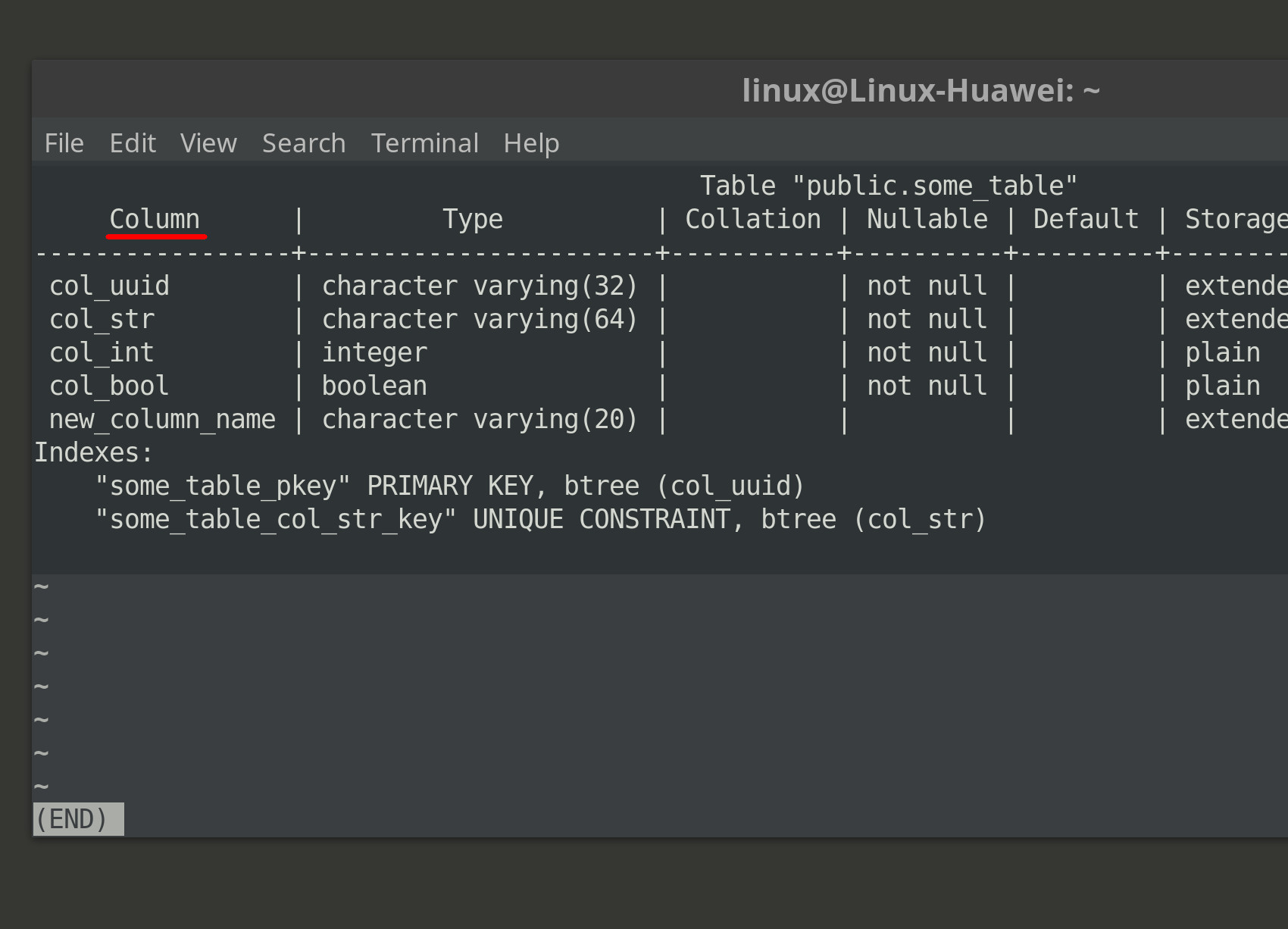
- #Pgadmin vs dbeaver update
- #Pgadmin vs dbeaver portable
- #Pgadmin vs dbeaver free
- #Pgadmin vs dbeaver mac
Visual Query builder helps you to construct complex SQL queries without actual knowledge of SQL.Here are some of the top DBeaver GUI features: DBeaver is not a native GUI tool for PostgreSQL, as it supports all the popular databases like MySQL, MariaDB, Sybase, SQLite, Oracle, SQL Server, DB2, MS Access, Firebird, Teradata, and Derby. DBeaverĭBeaver is a major cross-platform GUI tool for PostgreSQL that both developers and database administrators love. pgAdmin can be downloaded from their official website.
#Pgadmin vs dbeaver update
As it’s dedicated exclusively to PostgreSQL, you can expect it to update with the latest features of each version. We listed it first as it’s the most used GUI tool for PostgreSQL and it’s the only native PostgreSQL GUI tool in our list.

#Pgadmin vs dbeaver mac
PgAdmin can be used on Windows, Linux, and Mac OS. The UI is slow and non-intuitive compared to paid GUI tools.There are several cons of pgAdmin that users have generally complained about:
#Pgadmin vs dbeaver portable
pgAdmin has a portable version using which you can move your data between machines easily. Procedural language debugger helps you to debug your code. pgAdmin UI consists of detachable panels that you can arrange according to your likings. Since pgAdmin is a web application, you can deploy it on any server and access it remotely. The dashboard lets you monitor server activities such as database locks, connected sessions, and prepared transaction. Graphical query planning tool with syntax highlighting. Create, view and edit on all common PostgreSQL objects. Here are some of the top reasons why PostgreSQL users love pgAdmin: pgAdmin is used by both novice and seasoned DBAs and developers for database administration. #Pgadmin vs dbeaver free
It supports all PostgreSQL operations and features while being free and open-source. PgAdmin is the de facto GUI tool for PostgreSQL, and the first tool anyone would use for PostgreSQL. Let’s start with the first and most popular one. Today I will tell you about the 5 best PostgreSQL GUI tools. So, bottom line, GUI tools make PostgreSQL developers lives easier.
Easier access to files, features, and the operating system. The window-based interface makes it much easier to manage your PostgreSQL data. You can remotely access and navigate another database server. Offers great visualization to help you interpret your data. Shortcut keys make it easier to use, and much easier to learn for new users. Now that we understand the issues users face with the CLI, let’s take a look at the advantages of using a PostgreSQL GUI: 
I believe anyone who comes to programming after 2010 will tell you GUI tools increase their productivity over a CLI solution.

Many still prefer CLIs over GUIs, but this set is ever so shrinking.
It is difficult to browse database and tables, check indexes, and monitor databases through the console. Console display may not be something of your like, and it only gives very little information at a time. It requires a big learning curve to get the best out of the DBMS. The traditional method to work with databases is using the command-line interface (CLI) tool, however, this interface presents a number of issues: PostgreSQL is the fourth most popular database management system in the world, and heavily used in all sizes of applications from small to large. In this post, we discuss the top 5 GUI tools for administering your PostgreSQL deployments. PostgreSQL graphical user interface (GUI) tools help these open source database users to manage, manipulate, and visualize their data.







 0 kommentar(er)
0 kommentar(er)
